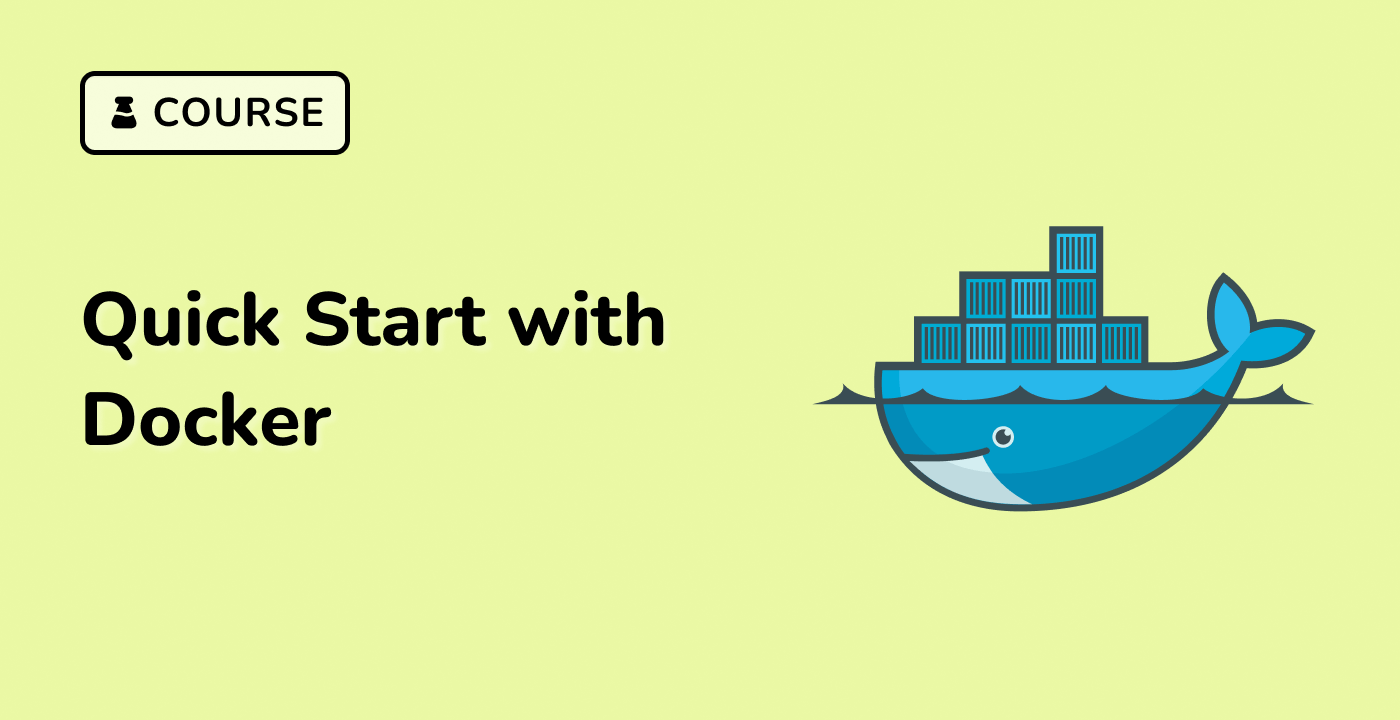Understanding Docker
Docker is a popular open-source platform that enables developers to build, deploy, and run applications in a containerized environment. It provides a way to package an application and its dependencies into a standardized unit called a container, which can be easily deployed and scaled across different computing environments.
What is Docker?
Docker is a software platform that allows you to build, deploy, and run applications in containers. Containers are lightweight, standalone, and executable software packages that include everything needed to run an application, including the code, runtime, system tools, and libraries. This ensures that the application will run consistently and reliably across different computing environments, from a developer's laptop to a production server.
Docker Architecture
Docker follows a client-server architecture, where the Docker client communicates with the Docker daemon, which is responsible for building, running, and distributing Docker containers. The Docker daemon runs on the host machine, while the client can run on the same machine or a remote machine.
graph LD
subgraph Docker Architecture
client[Docker Client]
daemon[Docker Daemon]
registry[Docker Registry]
client -- communicates with --> daemon
daemon -- pulls images from --> registry
daemon -- runs containers --> container[Docker Container]
end
Docker Containers
Docker containers are the basic building blocks of the Docker platform. A container is a lightweight, standalone, and executable software package that includes everything needed to run an application, including the code, runtime, system tools, and libraries. Containers are isolated from each other and from the host operating system, which ensures that the application will run consistently and reliably across different computing environments.
Docker Images
Docker images are the blueprints for creating Docker containers. An image is a read-only template that contains a set of instructions for creating a Docker container. Images are built using a Dockerfile, which is a text file that contains a set of instructions for creating an image.
Docker Registry
Docker Registry is a service that stores and distributes Docker images. The Docker Registry can be either a public registry, such as Docker Hub, or a private registry that is hosted within an organization.
Benefits of Using Docker
- Consistent Deployment: Docker containers ensure that applications run the same way on any machine, regardless of the underlying infrastructure.
- Scalability: Docker makes it easy to scale applications by adding or removing containers as needed.
- Efficiency: Docker containers are lightweight and use fewer resources than traditional virtual machines, which makes them more efficient to run.
- Portability: Docker containers can be easily moved between different computing environments, including development, testing, and production.
- Isolation: Docker containers are isolated from each other and from the host operating system, which helps to ensure the security and reliability of applications.
By understanding the basic concepts and architecture of Docker, you can start building and deploying your Golang applications using Docker.




